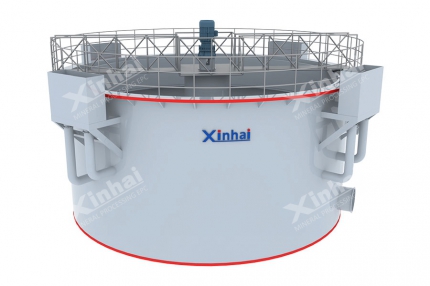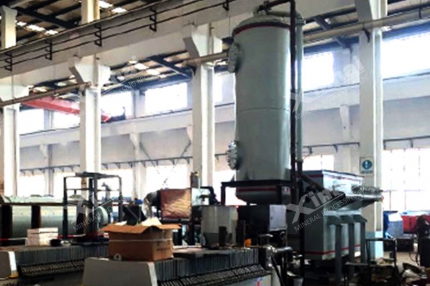The gold CIL process is the technology that adds activated carbon into the leaching tank, and leaching and absorbing at the same time. It is developed on the basis of CIP technology, which has advantages in reducing the amount of leaching tanks and shorten the process flow. It can reduce construction investment and production cost. The method leaching and absorbing at the same time improved the kinetic conditions for the dissolution of gold, which is an advantage for the leaching and absorbing of gold. The gold CIL process in the CIL plant mainly includes the preparation of leaching material, agitation leaching and countercurrent carbon absorption, gold-bearing carbon desorption, electric electrolytic desorption, smelting tableting, carbon regeneration and other operations.
Use the table of contents below to navigate through the guide:
01The preparation of leaching material
In the application of gold CIL plant, the preparation of leaching materials includes the crushing, grinding and classification. Usually, the overflow grain size is -200 mesh accounting for 85-95%.
02Chip removal
The wood chips and sundries in the pulp could cause the blocking of pipes and screen meshes, which is also easily mixed into the rich carbon with gold absorption. Therefore, the chips must be removed before leaching. If necessary, it also need to concentrate and add detergent. The detergent can avoid the scaling on the activated carbon and screen. Generally, there are two chip removal stages in the grinding stage in gold CIL plant, separated in the first and the second stage overflow of grinding and classification. The chip removal equipment is common intermediate frequency linear vibrating screen. During the first chip removal operation, it can also be replaced by spiral screen and cylinder screen. The sieve size should be small as possible as the screen surface won’t run flow.
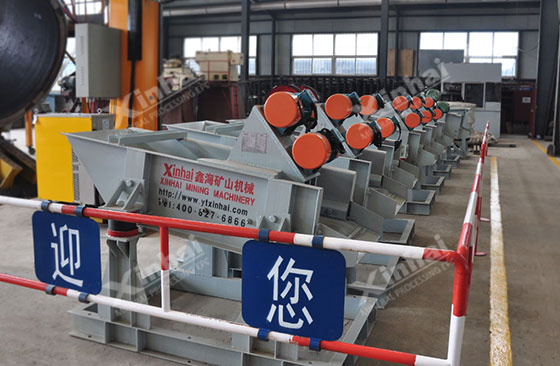
03Thickening before leaching
If the overflow concentration of grinding and classification is almost 18-22%, it is not suitable for leaching directly. It should be thickened before leaching in the gold CIL plant.

04Agitation leaching and countercurrent carbon adsorption
The characteristics of gold CIL is that the gold leaching and adsorption carry on at the same time. The leaching period amount is common 6-10, which is decided by the specifications and amount of leaching tank and the capacity of gold CIL plant. Because the No.1 tank just added cyanide, there are less gold leaching amount than other tanks. Therefore the No.1 leaching tank usually exists as the prepreg tank for most gold CIL plants, while the later tanks are served as leaching adsorption tank. There are carbon screens in every leaching tank to separate the carbon and pulp. The pulp flows downstream, but the activated carbons flow reversely, which means the pulp and activated carbon reversely adsorption. The new activated carbons are added from the last leaching tank, and the gold loaded carbons are released from the first leaching tank. The activated carbon adsorb the gold in the pulp turning into gold bearing carbon. After the accomplishment of adsorption, the gold bearing carbon is lifted to the carbon screen through the air lifter. The carbon screen separates the carbon and pulp. After screening and washing, it is sent to the electric electrolytic deposition operation. The gold grade is generally 0.01-0.033g/m³after this treatment.

05The desorption of gold bearing carbon and electric electrolytic deposition
The gold bearing carbon is lifted to the carbon separating screen, which is generally linear vibrating screen, through the carbon screen or air lifter. It is washed by water ti separate the carbon and pulp. Then the gold-bearing carbon is sent to the carbon storage tank, while the pulp and the washing water are back to the first adsorption tank in the gold CIL plant.

Taking Xinhai desorption electrolysis system as an example, it only uses NaOH as the desorption solution without NaCN. Under high temperature and high pressure (working temperature 150℃, and the pressure 0.5 Mpa), the gold bearing carbon is electrolysis desorbed, and desorping 95% gold in only 6-12 hours. The desorption is CN free, high efficiency, low consumption and fast.
06Smelting tableting
After the acid washing and impurity removal, all the gold mud can be smelt into gold ingot directly. The purity of gold ingot is up to 99.99% through the hydrometallurgy in gold CIL plant.

07Carbon regeneration
The activated carbon after desorption need to regenerate in order to recover the adsorption performance in the gold CIL plant. In general, after desorption, the activated carbon is first pickled to remove carbonate and other aggregates. After several times of return to use, thermal activation is needed to restore the adsorption activity of carbon, and then it can be recycled. The main equipment includes activated carbon regeneration kiln, water quench tank, fine carbon separation screen, etc.
The above is the common gold CIL processing flow. This kind of gold processing technology is suitable for gold raw ore, and the gold tailings after gravity separation and amalgamation.

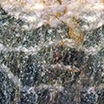
 marketing@ytxinhai.com
marketing@ytxinhai.com  0086 13810327080
0086 13810327080 





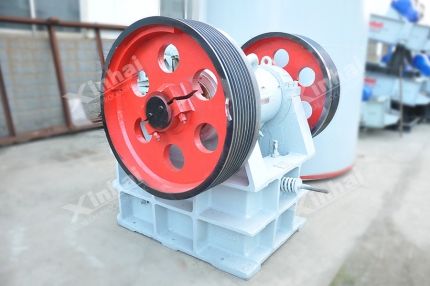

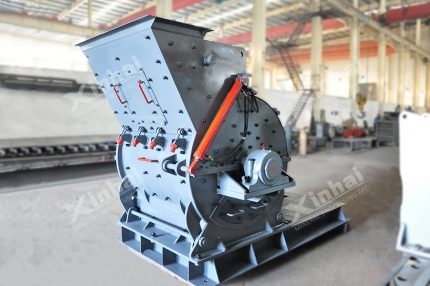

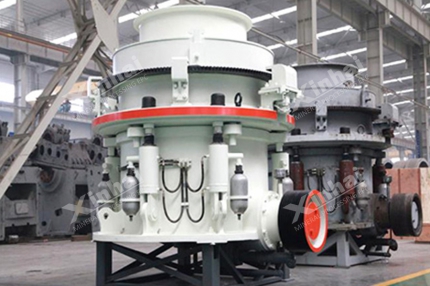




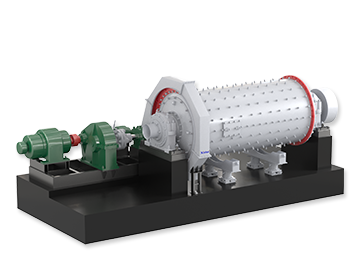
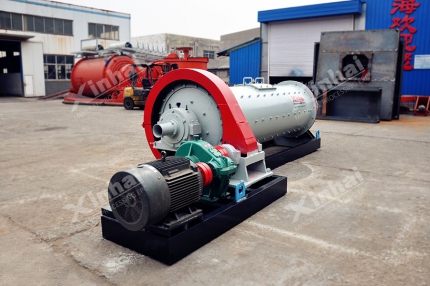







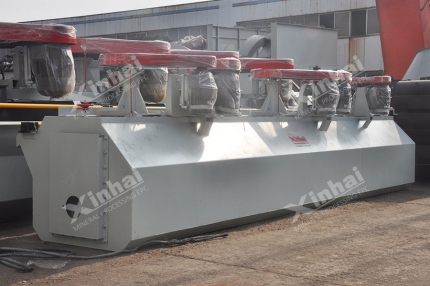
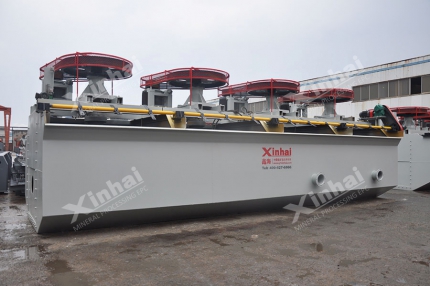
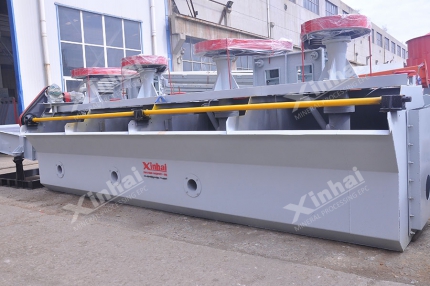

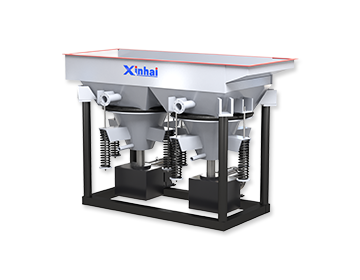
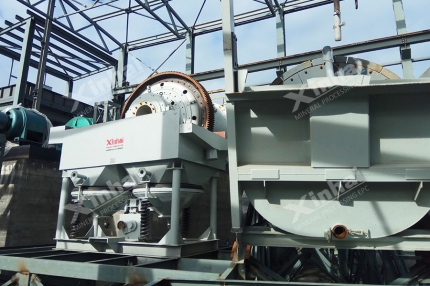
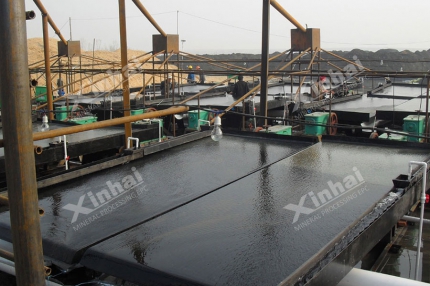


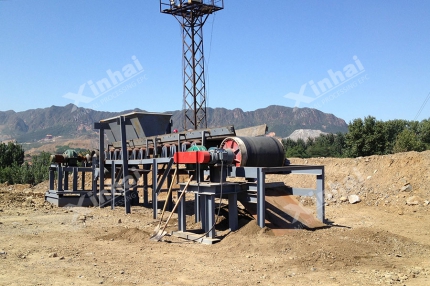











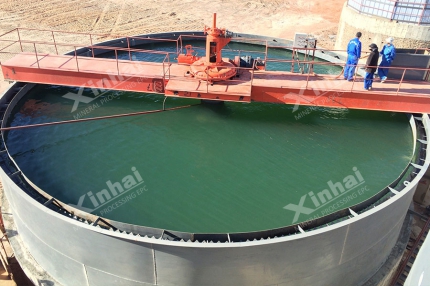











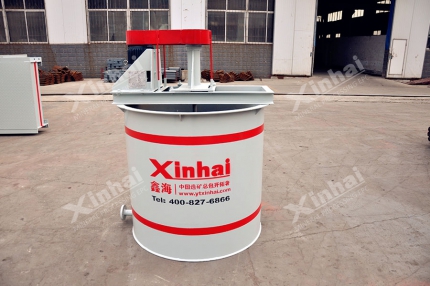






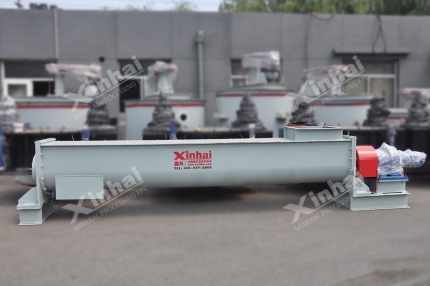



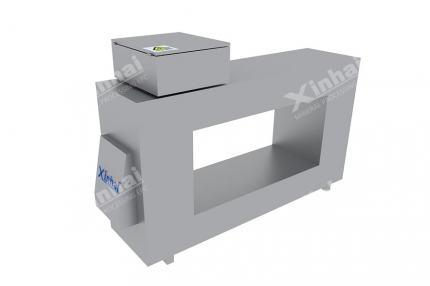
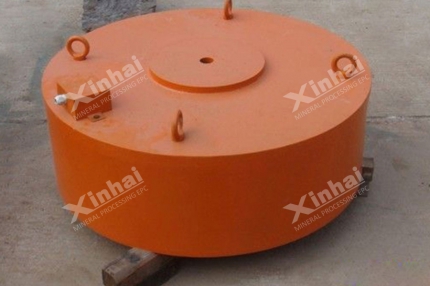


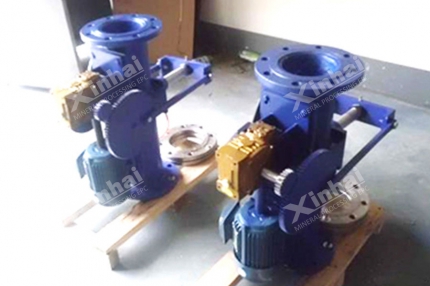
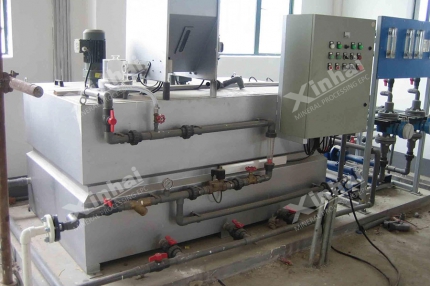


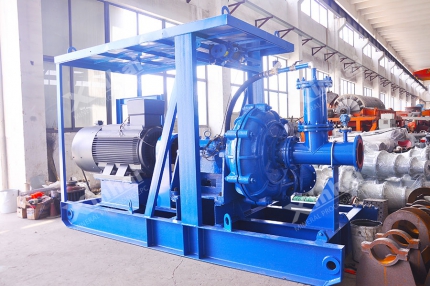
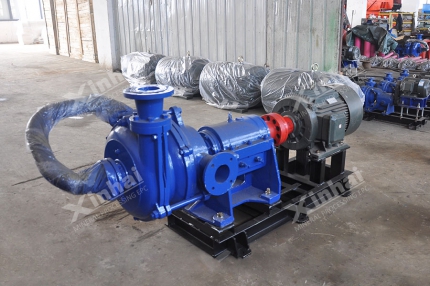


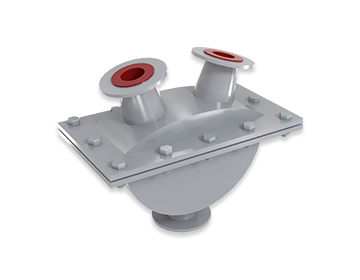
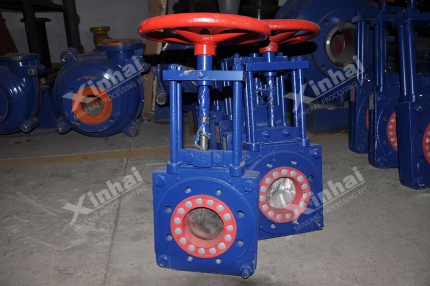












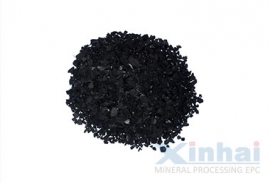
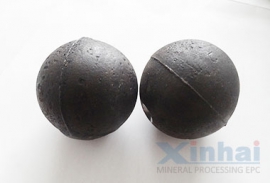



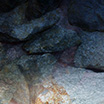



 CHAT
CHAT MESSAGE
MESSAGE




